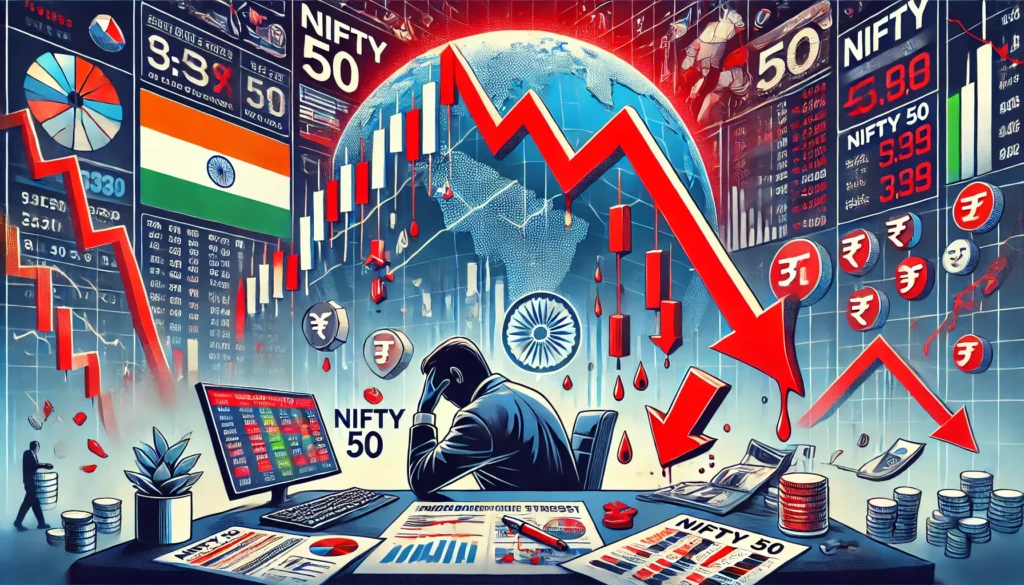A nation’s economy is measured by its gross domestic product, or GDP. However, Exactly what is GDP? Gross Domestic Product is referred to as GDP. The concept is straightforward, despite the fact that it sounds complex. The total monetary value of all a nation produces in a given year is its GDP. This covers all products (such as clothing, food, and machinery) and services (such as haircuts, delivery, instruction, and banking) produced domestically.
In summary:
The total value of all labor and products produced in a nation over the course of a year is its GDP.
Put another way, it’s the amount of money a nation makes and the value of that money.
A Simple Way to Understand What is GDP
Consider your neighborhood. There is a mobile shop that fixes phones, a tea stall that sells chai, a tailor who sews clothes, and an office where you work and get paid. These individuals are engaged in a variety of tasks, all of which add value. GDP is the value of all labor, not just in your neighborhood but throughout the entire nation.
It is comparable to the total income or earnings of a whole country.
Why Does GDP Matter?
One of the most crucial indicators of a nation’s economic health is its GDP. A growing GDP typically indicates that companies are producing more goods, that people are finding work, and that money is moving. Conversely, a declining GDP indicates a slowing economy, which could result in job losses and lower profits for businesses.
Thus, GDP serves as a nation’s economic “report card.” It enables us to determine whether things are improving or deteriorating.
How Is GDP Measured?
GDP can be calculated in a variety of ways, but you don’t need to be familiar with formulas to grasp the concept. Consider all of the money that people spend on purchases, all of the money that companies invest, and all of the money that the government spends on infrastructure like hospitals, schools, and roads. The GDP of the nation is calculated by adding all of this together.
What Does a High or Low GDP Mean?
Generally speaking, a nation with a high GDP is one that produces a lot of goods, such as food, clothing, software, and automobiles. Generally speaking, a low GDP indicates that the nation is not producing as much.
Importantly, though, a nation can have a high GDP and still have impoverished citizens. This is so because GDP doesn’t show how money is distributed among people; it just shows how much money is made overall. To find out how much money is made on average for each citizen, economists also look at GDP per person, also known as GDP per capita.
Is It Possible for GDP to Decline?
It can, indeed. The GDP may decline when consumers cut back on their spending, businesses slow down, or a major event like a pandemic or natural disaster strikes. A recession occurs when this decline lasts for a while. During a recession, the economy may feel stuck, jobs may be lost, and incomes may decline.
Also read: What is Budget?
In Simple Words
GDP indicates the amount of money a nation makes from its production and activities. It’s among the simplest methods to determine whether the economy is expanding, stable, or experiencing difficulties. Even though it doesn’t tell us everything, it’s a crucial place to start when trying to understand how a nation is doing.
For more info visit: Press Information Bureau
Your Turn
Did this article help you understand GDP in a simpler way? Do you have questions or thoughts you’d like to share?
Feel free to drop your comment below—we’d love to hear from you!




Pingback: What Is a Budget? Why It’s Important for You and the Country - ProsperPocket
Pingback: What is Repo Rate and Reverse Repo Rate? - ProsperPocket